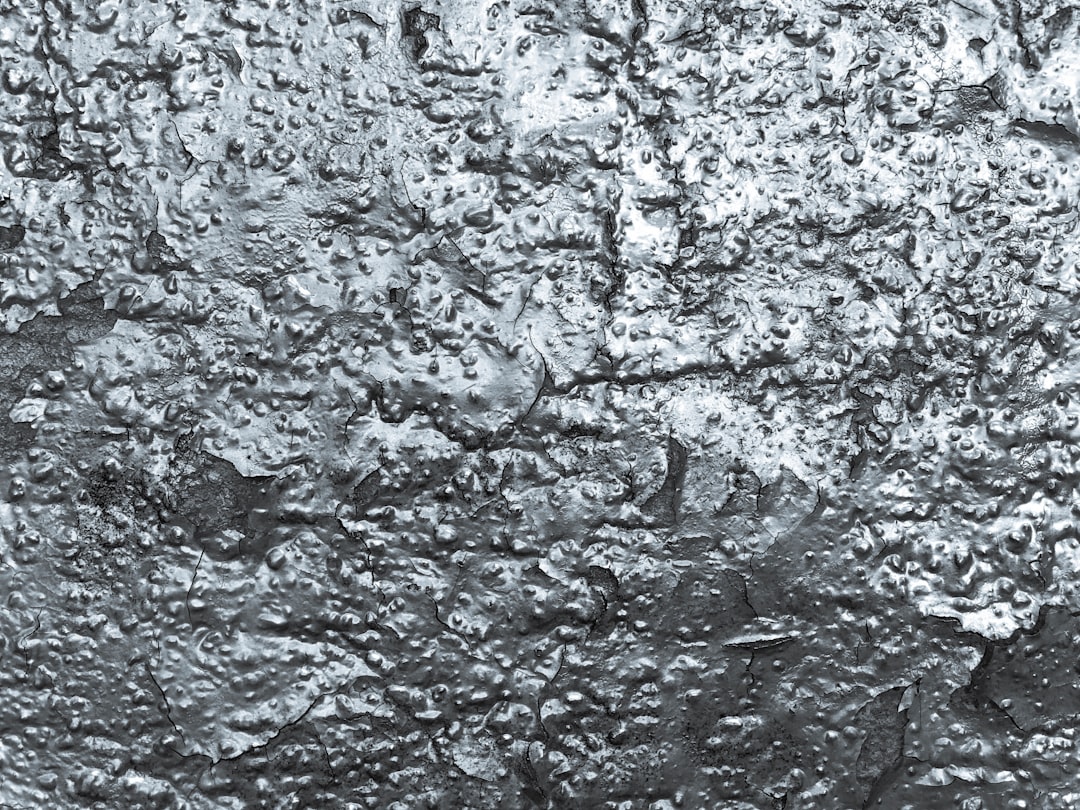What is it about?
We picture the near-IR spectrum of a pulp as a sum of wavelets of varying widths. The sharpest of these represent high-frequency noise, which we discard — the broadest of these account for the background, which contains very little chemical information. A relatively small number of wavelets in the mid-range concisely describe vibrational overtones that code for cellulosic intramolecular and intramolecular binding properties that relate to the physical and mechanical properties of the paper they might form. Orthogonal signal correction separates the variation from pulp to pulp into relevant and irrelevant contributions.
Featured Image
Why is it important?
Pulp makers need a method to gauge the quality of a pulp product and its fitness for purpose that surpasses conventional physical and mechanical tests performed on finished paper. Here we demonstrate determinations that achieve comparable accuracy in seconds on freshly manufactured pulp as opposed to tests requiring hours in the laboratory after the pulp has been made into paper.
Read the Original
This page is a summary of: Multivariate classification of pulp NIR spectra for end-product properties using discrete wavelet transform with orthogonal signal correction, Analytical Methods, January 2014, Royal Society of Chemistry,
DOI: 10.1039/c4ay01155d.
You can read the full text:
Contributors
The following have contributed to this page










